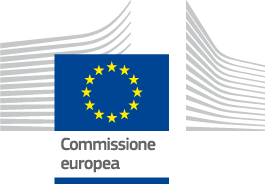--ARCHIVED as of 31 January 2020-- The FLAG areas commercial fishing fleet is made up of 34 vessels registered from either Swansea Marina, Porthcawl Harbour, Port Talbot or Oxwich Bay. Since 2010, this figure has declined by 27%, down from a total of 44 vessels. The most frequently landed species, accounting for 90% of the weight and 95% of the value of landings, include bass, cod, whelk, sole, lobster, plaice and crab.

